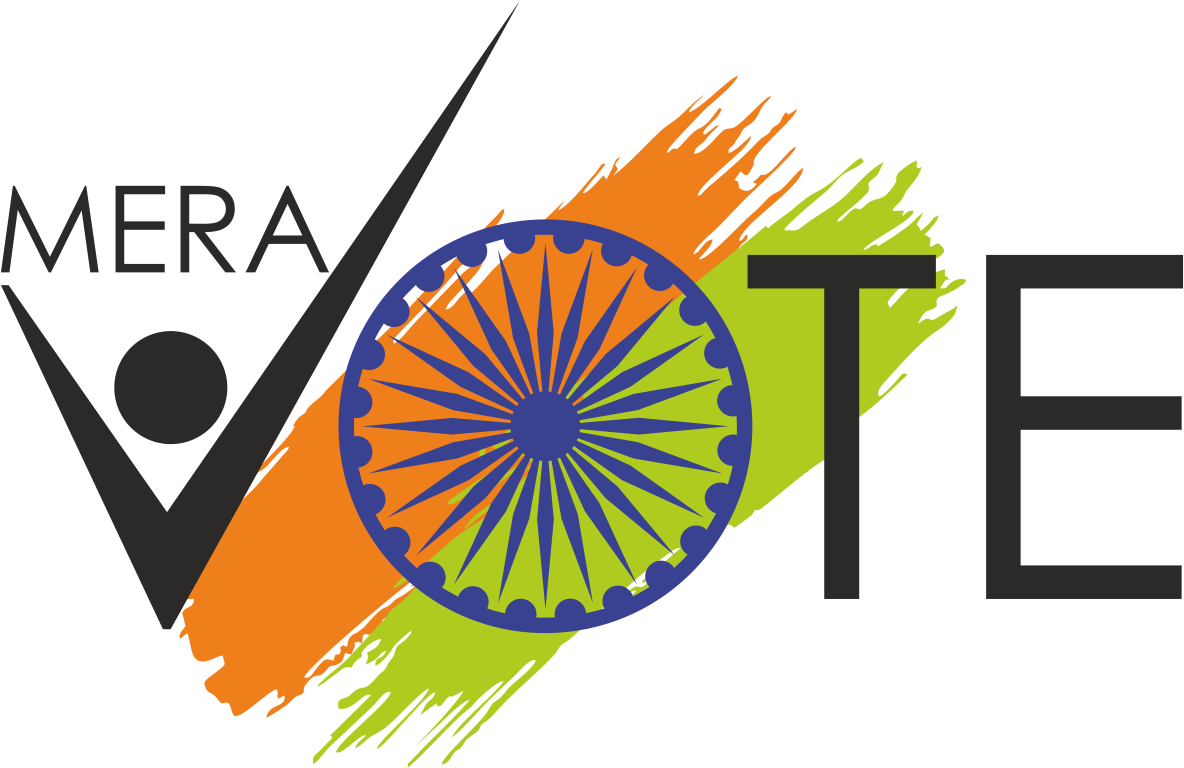It is said that “Strength lies in differences, not in similarities” and culture is the art elevated to a set of beliefs. A nation’s culture generally resides in the hearts and the souls of its people as stated by M.K. Gandhi. Culture is a dominant factor influencing happiness.
India is a country that takes pride in its rich culture. It in itself is a collection of numerous minor unique cultures. The culture of India comprises of clothing, festivals, languages, religion, music, dance, architecture, food, and varied forms of arts in India. An important point to ponder is that the Indian culture has been guided and shaped by several foreign cultures throughout its history, starting from Greeks and central Asian culture in ancient times to Persian culture in medieval ages. It is so rich and diverse primarily because the history of India’s culture is several millennia old with numerous exchanges of ideas with the outside world.
Overview of joint family system and marriage in Indian culture
Jawaharlal Nehru had stated that culture is the widening of the mind and of the spirit, and this becomes conspicuous when we traverse and learn, how different cultures in their distinctive contexts exhibit an augmentation of the thought process and a broadening of spirits. One of the prominent cultural patterns in India is the joint family system. It is still followed in many parts of India. The Joint Family System is the prevailing system of Indian familial culture which consists of parents, children, children spouses and offsprings. All the family members live under a single roof with eldest male member being called as karta or the head of family. Occasionally in some places where matriarchy is followed, the Karta of the house is a woman.
Marriage in the Indian context has numerous colours which are imparted by the various dimensions of Indian sub-continental culture.It varies in the taste from one state to another and across religious denominations. Despite the modern age most Indians have their marriages planned by their parents. Nuptial ceremonies are festive functions or events in Indian cultures. There is involvement of striking decorations, clothing, music, dance, rituals in Indian wedding. Marriages are generally dependent on the seasonal cycles in India. The year-long seasonal cycle in India gives various festivals and different flavours from different regions. The flavour can be in terms of what exactly they celebrate, what they eat during those festivals, what they wear and others.
Looking at culture through the lenses of Cognitive appraisal theory and social learning theories
Culture plays a pivotal role in the manifold effects of civilisation and society on mental health.The theoretical understanding isa key because it describeseach person’spoint of view of perception in a larger cultural set-up includinginto the psycho-clinical settings.Cognitive appraisal theoryhelps in understanding how a person copes with his environment and what guides his/her emotions. It was first introduced by Richard Lazarus and Susan Folkman. It has three parts- transactional model, component process model (by Scherer) and Appraisal theory of emotions (by Roseman). As understood through the Scherer’s model and Roseman’s model, cognitive appraisal is the subjective interpretation made by an individual to stimuli in the environment. It is a component in a variety of theories relating to stress, mental health,coping mechanisms and emotions. Indians celebrate a colossal number of festivals. These festivals are immensely diversified due to the multi- religious and multi- cultural Indian society. Indians cheerfully value festive occasions. First and foremost, major parts of the country join in the celebrations irrespective of the differences which have glued the Indian Diaspora even in overseas regions.
Albert Banduras’ theory of social learning can help us understand how festivals keep the Indians together in the mould of enjoyment. It suggests that successful social cognitive learningoccurs by observing others in various situations. Bandaranaikebegan to research on observational learning and behaviourism at a time in which Skinners’‘behaviourism’ was the most widely used model of psychology at thetime. It is believed that people with strong emotional skills are furnished to cope up with daily challenges, build positive relationships and make informed decisions.
Everyone wants genuine and continuous happiness from life. Rudimentary meaning of happiness is an emotion that generates feelings of contentment, love, joy, and life satisfaction. In what way the happiness is achieved and expounded can vary across cultures throughout the world? Researchers have time & again asked the question of what makes one’s culture happier than another, and why it is so. As opined by Suh and Oushe, all humans strive to be happy. Intriguing discoveries unveil when researchers went over with a fine-tooth comb across premises and found that happiness is more detailed across cultures. It is opined that happiness activates your body from head to toe. It has been also found that trivial concrete goals trump overwide-ranging non-realistic ones. The source of happiness shifts with age, and the one being rapacious can be incredibly toxic.
The influence of seasons on culture and environmental perceptions
I am frequently astonished as to how environmental perceptions and culture is influenced by the cyclicality of seasonal changes. In Japan, many festivals are central for the celebration of nature’s seasonal changes. Festivals and the seasons in India are outlined to design highly discernible cultural platforms. Seasons may take the form of a global programme. It is also believed that the festival is a substantial concept that reflects the ideology of a community. Festivals in India are linked with the seasonal cycle.
A large number of festivals have their origin in the religious ideas and have cultural, aesthetic and seasonal significance.All festivities are cultural in one-way or another. A large number of cultural festivals such as national, religious and seasonal, they all intend to serve the purpose of bringing joy to our lives and strengthen our sense of community. For example:
Janmashtami is celebrated with great devotion on the eight day of the dark fortnight in the month of Sarvana, when Lord Vishnu invoked to his human incarnation as Krishna on his birth anniversary in the festival of Janmashtami.
Rakshabandhan is celebrated on the full moon day of the under month of Sarvana. This festival celebrates the love of brother for his sister.
Ramnavmi is celebrated in the memory of Lord Rama, the son of king Dashrath, considered to be an avatar or reincarnation of Lord Vishnu who came down to earth to vanquish the invincible Raavan (demon king).
Subjective wellbeing and Gross national happiness
Let us take the discussion from the area of festivals to that of a debate. It has been established that individualist cultures are happier than collectivist ones. Subjective well being (SWB) is a commonly used term within the field of psychology. There are numerous cultural trends within subjective well being. A way to measure SWB can be through Gross national wellbeing on national scale which is guided by factors which include factors like physical, social, mental, economic, political, environment and work. It has been found that the gross national product (GNP) of happier nations tends to be higher. Linkages between SWB and income levels across nations attribute to higher level of happiness. GNW gave birth to the idea of gross national happiness which was first used by Sicco Mansholt, a founder of the EU. Later on it was used by one of the neighbouring countries of India.
Himalayan kingdom nation ofBhutan underwent a political reform and modernisation off lately. There has been a paradigm shift in its political system from an absolute monarchy to a constitutional monarchy. The 4th king of Bhutan introduced and coined the term known as “Gross National Happiness” in the year 1972. The concept suggests that sustainable development should take a holistic approach with regard to nations development and also give uniform importance to non-economic aspects of well being .The GNH index includes the two areas (a) traditionalistic (b) socio-economic concerns encompassing living standards, health and education.
Hence, culture is a self-contained, widely prevalent, super organic reality with forces and purpose of its own. However one can also claim that it is embedded in the brute pattern of behavioural events which we observe to occur in some identifiable community. The culture can act as a sign of people to the external world. It is not merely the way of perceiving and relating with each other but also a form of identification giving people a sense of belonging. The idea of culture invokes a sense of belonging to a larger group with which one can claim historical commonality. It helps people to relate to one another. We also saw the importance of the festivals in promoting social cohesiveness in the Indian context. Culture gives a backdrop over which the people can derive a sense of identity, collectivism and overall happiness.
The author is a member of Amity centre of Happiness.





